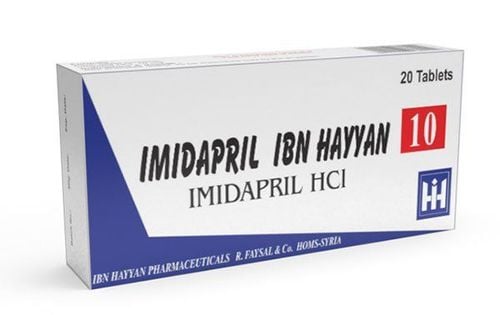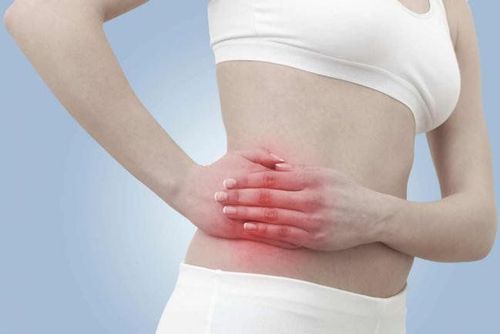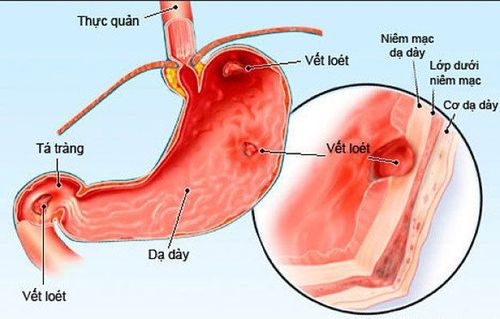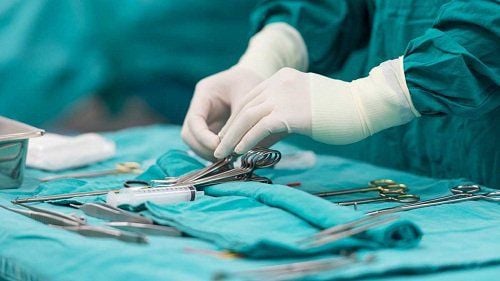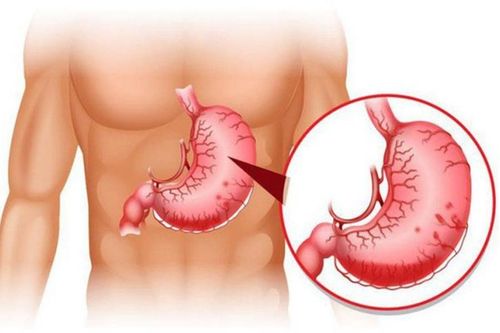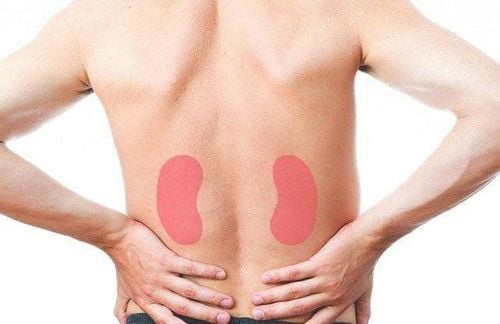This is an automatically translated article.
The article was professionally consulted by Doctor of Urology Department, Vinmec Central Park International General Hospital.Kidney failure is one of the leading causes of kidney failure, which can lead to death. This is a common disease that can affect people of all ages. So how to treat hydronephrosis with high efficiency? The following article will help us understand about the treatment of hydronephrosis and laparoscopic surgery is one of the safe and effective treatments for many diseases that cause hydronephrosis.
1. Hydronephrosis
Hydronephrosis is a consequence of post-renal obstruction, due to injuries from inside or outside the urinary tract that obstruct the flow of urine from the kidney to the bladder in upper urinary tract obstruction (including kidney and urinary tract). ureter) or from reflux of urine from the bladder to the kidneys due to an obstruction of the lower urinary tract (bladder, urethra). As a result, the renal calyces and ureters are dilated above the site of obstruction.
Hydronephrosis can occur in one or both kidneys, impair kidney function and cause kidney cell damage. If the kidney is waterlogged for a long time, it will cause irreversible kidney damage. If only one kidney is waterlogged, the patient may not see a difference because the other kidney is working to compensate. When both kidneys are damaged, the filtering function of the kidneys will be severely affected, causing water, electrolyte disturbances and many waste products to accumulate in the body's circulatory system.
2. Causes of hydronephrosis
Any part of the urinary tract is blocked leading to hydronephrosis. In children, hydronephrosis is often caused by congenital malformations of the urinary tract such as: stricture of the ureteral pyelonephritis, ureter megaloblastic, ectopic ureter, vesicoureteral reflux, neurogenic bladder and valve Posterior urethra
For adults, the main cause of hydronephrosis is urinary tract stones such as ureteral stones, pyelonephritis - calyces. Ureteral strictures from benign or malignant causes are also very common. Endogenous ureteral stenosis, fibrous stenosis due to stones, after endoscopic urinary tract surgery, ureteral tuberculosis, ureteral tumor... Exogenous ureteral stenosis due to external compression, common in cervical cancer, Prostate cancer, colorectal cancer, invasive retroperitoneal tumor. Other causes may be encountered such as: neurogenic bladder, prostate enlargement, bladder neck stricture, urethral stricture...

Sỏi thận là một trong những nguyên nhân gây bệnh thận ứ nước
3. How to treat hydronephrosis?
Treatment of hydronephrosis is mainly treated according to the cause. It is important to first identify the cause of the disease and resolve the blockage as soon as possible. This helps the kidneys recover quickly. In case of severe hydronephrosis or infection, the urine must be converted first, then re-evaluated kidney function before deciding to have nephrectomy.
3.1 Narrowing of the pyelonephritis - ureter For patients with ureteropelvic junction stenosis, depending on the degree of obstruction, there is an appropriate treatment. If hydronephrosis is mild, kidney function has not changed much, the treatment is usually conservative non-surgical treatment. However, it is necessary to regularly monitor the condition of the disease.
When the kidneys become more watery, the kidney scan shows a significant decline in kidney function, the doctor will appoint surgery. Laparoscopic surgery is one of the best treatment methods for narrowing of the ureteropelvic junction today.
3.2 Urinary stones Urinary stones include ureteral stones and pyelonephritis - calyx stones are the most common cause of hydronephrosis. For patients with small stones, kidneys are not hydronephrosis or only mild hydronephrosis can be treated medically with drugs. If large or symptomatic stones cause severe pain in the hips and back, respond poorly to pain medications, or have impaired kidney function, surgery may be necessary. The surgical methods of urolithiasis can be applied depending on the stone characteristics, including: extracorporeal lithotripsy, ureteroscopy laser lithotripsy, endoscopic percutaneous nephrolithiasis or endoscopic stone removal surgery.
4. Advantages of laparoscopic surgery for hydronephrosis

Phương pháp phẫu thuật mổ nội soi điều trị bệnh thận ứ nước có nhiều ưu điểm
Today, most patients will be treated with a minimally invasive surgical approach (including endoscopic urinary tract and laparoscopic or extraperitoneal surgery) with many benefits. The following are some outstanding advantages of the surgical method over the traditional open surgery method:
No incisions or small incisions Less blood loss Less pain Less damage to abdominal organs. Fast recovery time Hospitalization time is reduced to reasonable treatment costs. Hydronephrosis if not treated early, kidney function gradually declines leading to irreversible kidney damage. This is the main cause of kidney loss. Therefore, when there are any suspicious symptoms such as abdominal pain in the hips, back, palpating a tumor in the abdomen, hematuria... the patient should immediately go to a specialized medical facility for examination and early diagnosis. .
Vinmec International General Hospital is currently a prestigious address for patients with hydronephrosis with a high success rate after surgery. With the support of the most modern equipment in the world and a team of experienced doctors, many difficult surgeries to treat hydronephrosis have been successfully performed at Vinmec.
Please dial HOTLINE for more information or register for an appointment HERE. Download MyVinmec app to make appointments faster and to manage your bookings easily.




